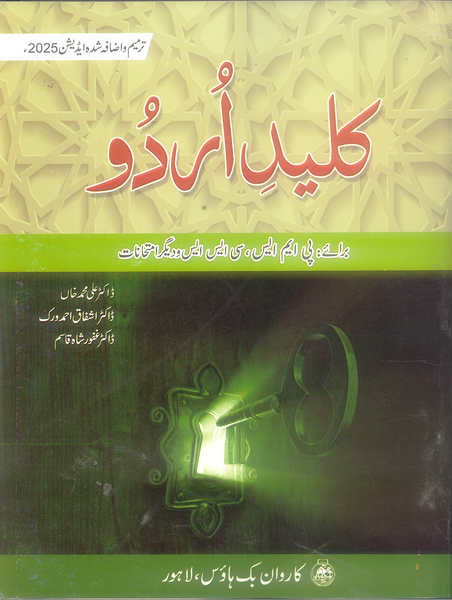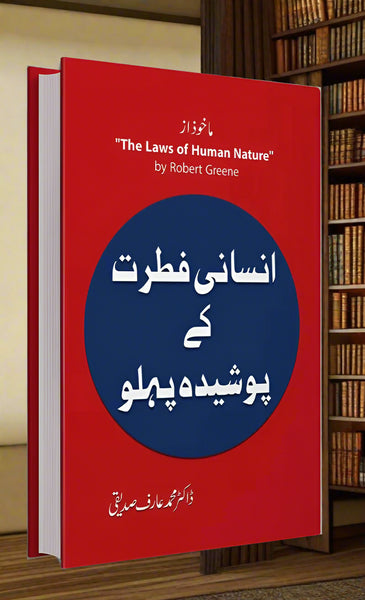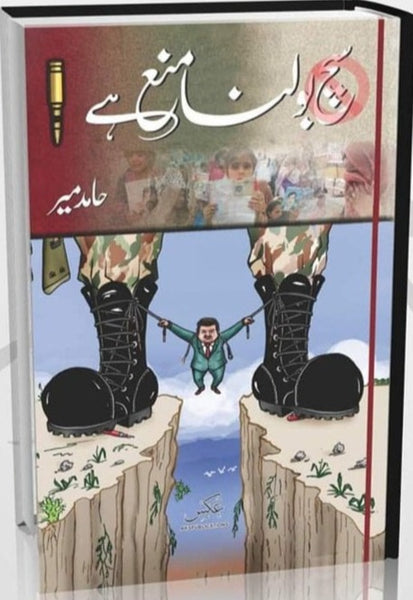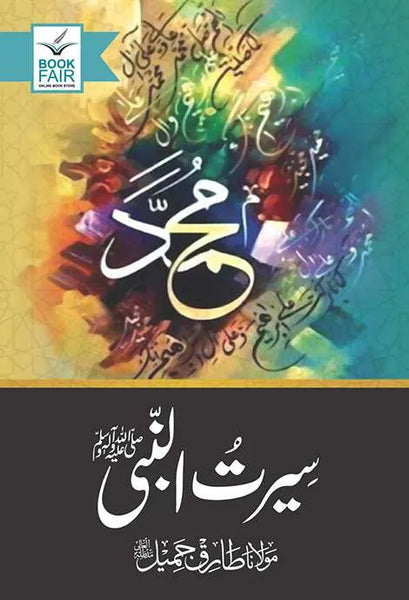Introduction:
Dr. Mubarak Ali's "Achoot Logon Ka Adab" delves into the intricacies of social etiquette and cultural norms surrounding marginalized communities in South Asia. With a critical lens, the text explores the historical context and contemporary manifestations of discrimination and exclusion faced by these groups.
1. Historical Context: The book delves into the historical roots of discrimination against marginalized communities, tracing back to caste systems and social hierarchies prevalent in ancient societies.
2. Cultural Stigma: It examines the cultural stigmas attached to marginalized communities, highlighting how these prejudices are deeply ingrained in societal norms and practices.
3. Linguistic Discrimination: One of the key points discusses linguistic discrimination faced by marginalized groups, emphasizing how language often serves as a tool for exclusion and marginalization.
4. Economic Exploitation: The text elucidates the economic exploitation experienced by these communities, shedding light on how they are often relegated to menial jobs and denied equal economic opportunities.
5. Educational Barriers: It explores the educational barriers encountered by marginalized groups, pointing out systemic inequalities in access to quality education and opportunities for advancement.
6. Political Marginalization: The book highlights the political marginalization of these communities, showcasing how they are often disenfranchised and excluded from decision-making processes.
7. Social Exclusion: It delves into the social exclusion faced by marginalized groups, illustrating how they are segregated from mainstream society and denied basic rights and privileges.
8. Religious Prejudice: The text discusses religious prejudice against these communities, highlighting how their religious beliefs often subject them to further discrimination and persecution.
9. Cultural Revival: One of the key points addresses efforts towards cultural revival within marginalized communities, showcasing how they strive to reclaim their cultural identity and heritage.
10. Call to Action: Finally, the book concludes with a call to action, urging society to dismantle systemic barriers and strive towards inclusivity and equality for all individuals, regardless of their background or social status.
Conclusion:
In conclusion, "Achoot Logon Ka Adab" serves as a poignant reminder of the ongoing struggle for social justice and equality, urging readers to confront and challenge the pervasive norms of discrimination and exclusion in society.

























